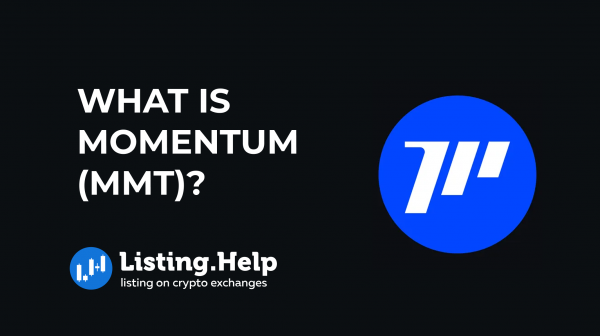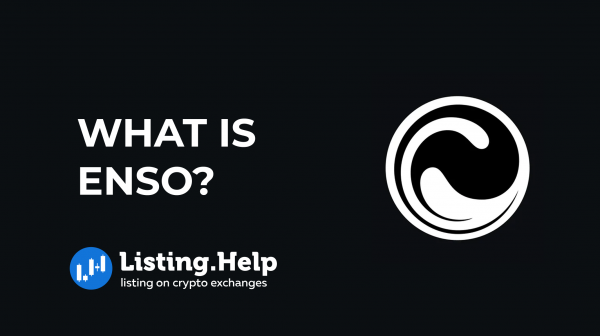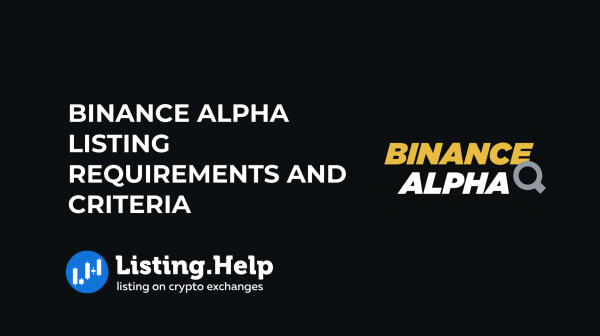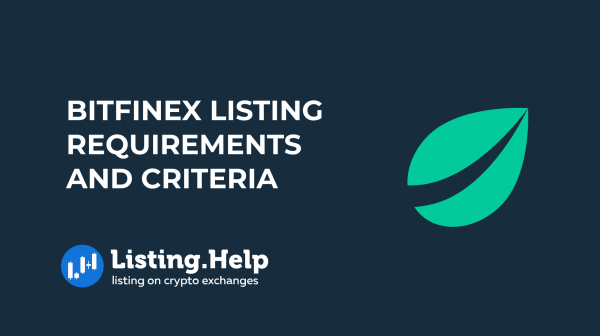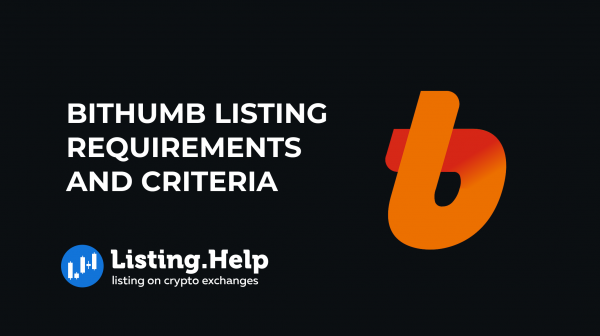What is Spark (SPK)?
 June 25, 2025
June 25, 2025 Updated: June 25 2025, 04:04
Updated: June 25 2025, 04:04
LEAVE A REQUEST
Launching your own token project? Our experts are ready to help with listing on exchanges, market making, marketing and other solutions
SUBMIT APPLICATIONIf you’re looking for a way to keep your assets working for you without giving up control, Spark might be just what you need. Spark Protocol is becoming an important player in stablecoin liquidity and management across the DeFi space.
This overview will break down what Spark Protocol is and how it can help users get more from their stablecoins and improve efficiency in the decentralized finance market through its tools and services.
What is Spark?
At its core, Spark is an on-chain platform that allocates capital with the aim of improving how stablecoin liquidity is put to use across DeFi. Rather than competing with other platforms, Spark strengthens them by offering reliable liquidity and steady returns.
The Spark system is made up of three parts that work together to move funds where they’re most effective — whether that’s in DeFi platforms, on centralized exchanges, or in tokenized real-world assets.
SparkLend
SparkLend is a decentralized lending tool focused on stablecoins. It relies on direct liquidity from Sky, which was once called MakerDAO. Sky issues USDS, a stablecoin tied to the US dollar that has evolved from DAI. With SparkLend, users can borrow USDS at predictable rates that stay the same no matter how much is borrowed or how the system is used.
The platform is non-custodial. Lenders provide liquidity and earn passive income, while borrowers secure loans using extra collateral. People can also hold sUSDS, a version of USDS that earns returns linked to the Sky Savings Rate. Borrowers deposit assets like ETH or cbBTC as collateral, which can also generate interest if it’s lent out, or simply deposit to earn yield without borrowing.
Spark Savings
Spark Savings lets users place stablecoins into vaults and receive tokens in return that reflect their share of the deposits. These tokens grow in value over time as interest builds on the underlying funds. The main vaults work with stablecoins like USDS, USDC, and DAI. These funds are directed into yield-generating systems like the Sky Savings Rate or DAI Savings Rate.
Through Spark Savings, you can turn your stablecoins into yield-bearing tokens such as sUSDC or sUSDS. These tokens can be used in other DeFi platforms, allowing your capital to generate returns while staying flexible.
Spark Liquidity Layer (SLL)
The SLL gathers stablecoin liquidity from different places, including more than $6.5 billion managed by the Sky protocol. It moves funds across platforms like Aave, Maple, Curve, and services that deal with tokenized real-world assets, including BlackRock’s BUIDL and Centrifuge. If you’re planning to list your token on these or other services, understanding how liquidity flows can help maximize your exposure.
SLL works across Ethereum mainnet, as well as networks like Base, Arbitrum, Optimism, and Unichain. Its role is to place funds where they’ll earn the best return while limiting risks that come from liquidity being spread too thin.
Besides helping direct liquidity, SLL supports the broader Spark system by improving how capital is allocated and connecting with other protocols to help stabilize borrowing rates and deepen liquidity.
What is the SPK Token?
The SPK token is at the heart of the Spark ecosystem. It plays a central role in supporting the platform’s focus on decentralization, long-term growth, and aligning the interests of everyone involved in the project.
Governance
Those who hold SPK tokens have the ability to take part in decisions that shape the future of the network. In the early stages, this happens mostly through snapshot votes. As Spark’s governance structure matures and becomes more decentralized, SPK holders will have a broader role in how decisions are made.
Staking and Security
SPK can be staked to earn Spark Points, which act as rewards for helping protect the network. Staking plays a vital role in keeping Spark’s infrastructure safe, especially when it comes to safeguarding token bridges in the Spark Liquidity Layer. When tokens are staked, they’re represented by stSPK tokens. These must be held in order to withdraw the original stake.
Staking does more than provide security today — it could also help support future parts of the Spark ecosystem. Importantly, staked tokens still give users the full ability to vote on governance matters, so they can continue to have a say in how Spark develops.
How to Buy SPK?
The most straightforward way to get SPK is by purchasing it on a centralized exchange. Here’s a clear outline of the process:
Choose an Exchange. Pick a reputable exchange that lists SPK. Examples include Binance, MEXC, Kucoin and Gate.io. When choosing, think about fees, payment options, security measures, and the platform’s ease of use. If you’re a project owner, it’s also wise to compare crypto exchange listing fees before selecting where to list.
Set Up Your Account. Open an account on your chosen exchange. You’ll need to provide some personal information and it’s a good idea to activate two-factor authentication for extra security.
Complete Verification. If you’re using a regulated exchange, you may have to go through KYC (Know Your Customer) checks. This process gives you access to more features and higher limits.
Add a Payment Method. Connect a payment option such as a bank transfer or a credit/debit card. What you can link may depend on your bank and the exchange’s policies.
Buy SPK. Check the details of your purchase, including how much SPK you want. When you’re ready, confirm the order and complete the transaction. Alternatively, you can trade SPK using available trading pairs on the platform’s spot market.
Conclusion
Spark Finance is helping to reshape DeFi by introducing fresh ideas around lending and borrowing. The platform’s design brings new solutions to old problems and moves decentralized finance a step closer to wider use. Whether you’re interested in earning returns with stablecoins or want to explore SPK as part of your crypto portfolio, Spark offers a modern way to get involved.

For more insights and updates on the crypto world, don’t forget to check out our blog at Listing.Help.




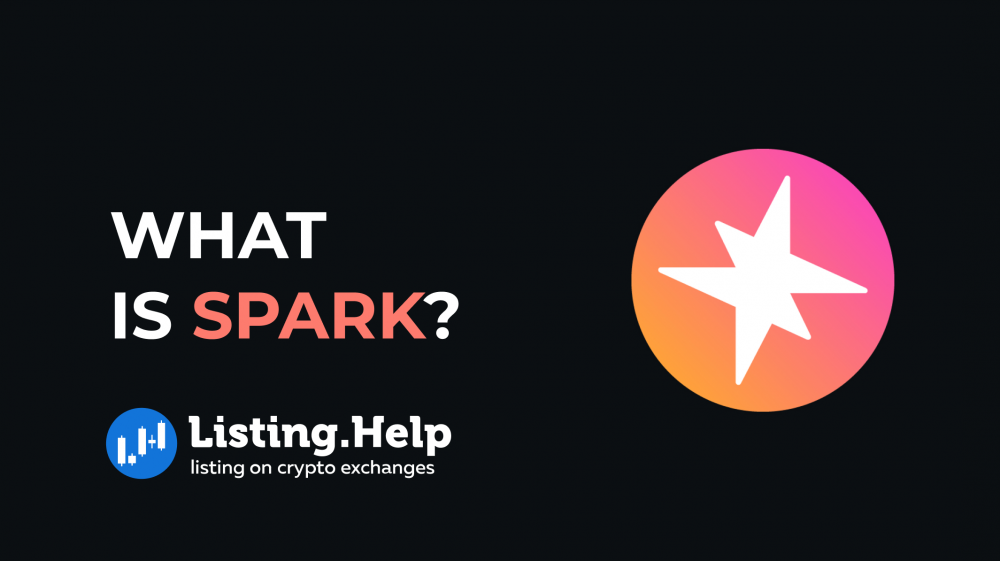


 December 8, 2025
December 8, 2025 